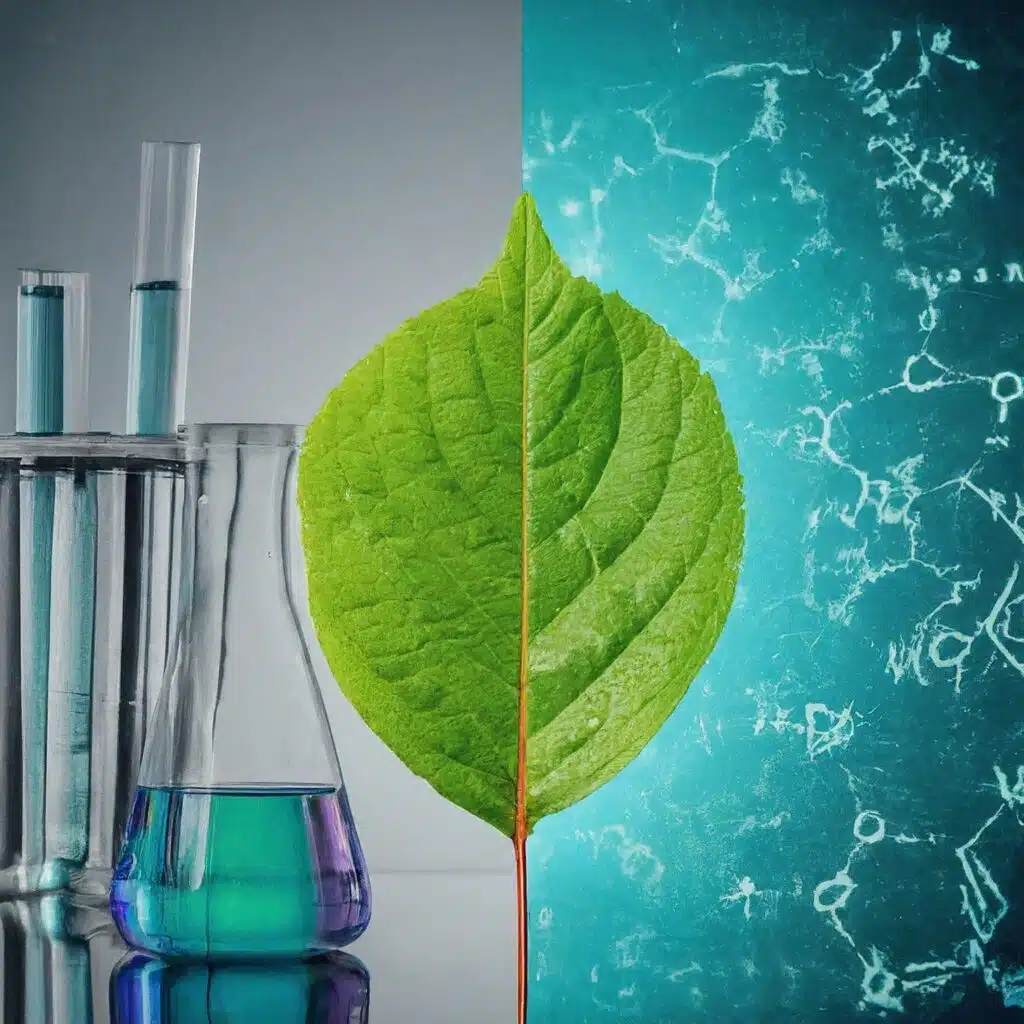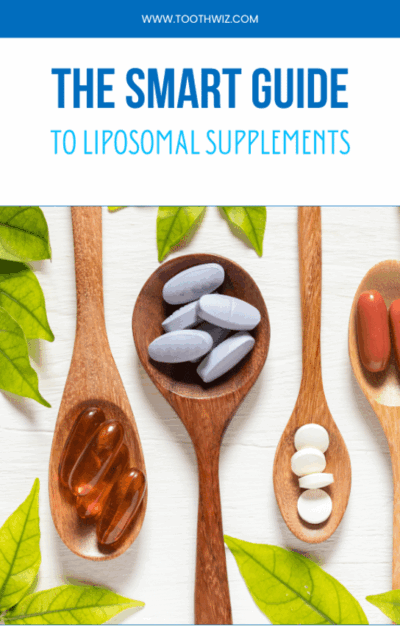Welcome to our latest discussion on oral hygiene, where we delve into the lesser-known aspects of toothbrushing. While we’ve often been told to brush after meals, today we’re highlighting why sometimes it’s best to pause before reaching for your toothbrush!
The Acidic Aftermath of Eating: It’s common knowledge that brushing your teeth is a cornerstone of good oral hygiene. However, brushing immediately after consuming acidic foods and drinks can lead to enamel erosion. The reason? Acidity from items like citrus fruits, fruit juices, and even your morning coffee can soften tooth enamel, making it more vulnerable to the abrasive action of brushing.
Why Wait? The 30-Minute Rule: Dentists recommend waiting 20 to 30 minutes after eating before brushing. This allows time for saliva to neutralize the acids and for enamel to undergo a natural process of remineralization. But what if your schedule doesn’t permit this waiting period?
Waiting after eating plays a crucial role in neutralizing acidity in the mouth, and saliva is a key player in this process. Saliva has several functions that help protect and repair your teeth from acid damage:
- Buffering Capacity: Saliva helps to neutralize acids in the mouth, which is vital after consuming acidic foods or drinks. It contains bicarbonate ions that act as a buffer, reducing the acidity and bringing the pH level back to a more neutral state.
- Protective Membrane Formation: Saliva forms a protective membrane on tooth surfaces, which acts as a barrier against acid attacks and helps prevent demineralization.
- Remineralization: Saliva enhances remineralization by providing essential minerals like calcium and phosphate to the enamel. These minerals are critical for repairing the enamel after it has been softened by acid exposure.
- Antimicrobial Properties: Saliva contains antimicrobial agents that help control the growth of bacteria, reducing the production of acids that can lead to enamel erosion.
- Cleansing Action: Saliva helps wash away food particles and debris from the teeth and gums, which can otherwise contribute to acid production by oral bacteria.
By waiting 20 to 30 minutes after eating, you give your saliva enough time to perform these protective and reparative functions effectively. This waiting period allows the saliva to neutralize the acids, remineralize the enamel, and restore the mouth to its natural balance, which is less conducive to tooth decay and erosion. It’s a simple yet effective way to maintain oral health and prevent long-term damage to your teeth.
Practical Tips for Busy Lives:
- Rinse and Refresh: Immediately after eating, rinse your mouth with water to help dilute acids and wash away food particles.
- Chew on This: Sugar-free gum can be a great ally, stimulating saliva production which is nature’s way of protecting your enamel.
- Straw Sipping: When enjoying acidic drinks, use a straw to minimize contact with your teeth.
- Dairy to the Rescue: Finish your meal with a glass of milk or a slice of cheese, as dairy can help neutralize acids and strengthen enamel.
Sugary Snacks and Oral Health: Consuming sugary snacks can lead to tooth decay due to the role sugar plays in the demineralization process. When sugar is consumed, it attracts harmful bacteria that produce acids. These acids attack the tooth enamel, leading to mineral loss and eventually cavities. Frequent snacking on sugary items increases the duration of acid attacks, exacerbating enamel erosion. To mitigate this, it’s advisable to limit sugary snacks and maintain a regular oral hygiene routine.
The Impact of Vomiting on Teeth: Vomiting introduces stomach acids into the mouth, which are highly corrosive and can cause significant enamel erosion. This can lead to increased tooth sensitivity, yellowing, and brittleness of teeth. In severe cases, it can change the shape and length of teeth and cause cavities. After vomiting, it’s important not to brush immediately, as this can further damage the weakened enamel. Instead, rinsing with water or a fluoride mouthwash can help neutralize the acids.
Addressing the Brushing Dilemma: Quality Over Quantity
While it’s true that over-brushing can harm your enamel, not brushing enough can lead to plaque buildup, cavities, and gum disease. The key is not to brush less frequently, but to brush more wisely. Let’s sum things up:
The Golden Rule of Brushing: Experts recommend brushing your teeth at least twice a day with fluoride toothpaste for two minutes each time. This helps remove food and plaque and protects your teeth from decay.
Timing is everything when it comes to toothbrushing. By understanding the effects of acids and implementing our practical tips, you can protect your enamel and maintain a healthy smile, even on the busiest of mornings. Plus, don’t forget to get regular dental visits with your dentist to monitor and maintain your oral health over time.




